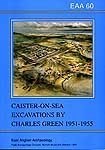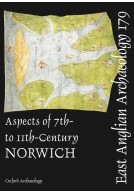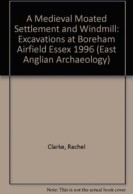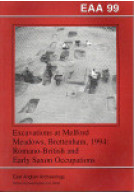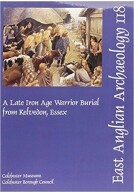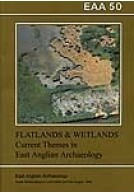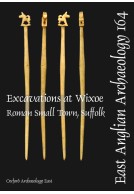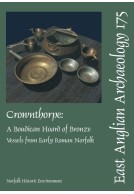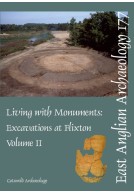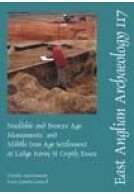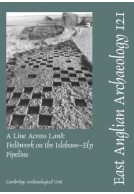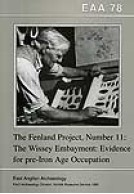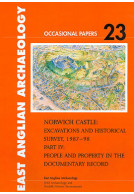EAA 60: Caister-on-Sea (Paperback)
Excavations by Charles Green, 1951-55
Imprint: East Anglian Archaeology
Series: East Anglian Archaeology Monograph
Pages: 290
Illustrations: with 36 plates, 174 figs, 69 tables & microfiche.
ISBN: 9780905594071
Published: 31st December 1993
Script Academic & Professional
Series: East Anglian Archaeology Monograph
Pages: 290
Illustrations: with 36 plates, 174 figs, 69 tables & microfiche.
ISBN: 9780905594071
Published: 31st December 1993
Script Academic & Professional
Usually available in 6-8 weeks.
You'll be £21.00 closer to your next £10.00 credit when you purchase EAA 60: Caister-on-Sea. What's this?
+£4.99 UK Delivery or free UK delivery if order is over £40
(click here for international delivery rates)
Order within the next 9 hours, 56 minutes to get your order processed the next working day!
Need a currency converter? Check XE.com for live rates
(click here for international delivery rates)
Order within the next 9 hours, 56 minutes to get your order processed the next working day!
Need a currency converter? Check XE.com for live rates
The Roman defended site at Caister, hitherto viewed as a small town, can now be seen as an early coastal fort probably contemporary with Reculver and Brancaster, both of which appear in the Notitia Dignitatum as forts of the Saxon shore. The Caister fort is of earlier Roman type, with a defensive wall backed up by an earthen rampart. Finds indicate occupation by cavalry from the early 3rd century to later 4th century, although specifically late military equipment is absent. The site was unoccupied until the Middle Saxon period, when outside the walls an extensive cemetery developed which was in use from the 8th to 11th centuries. Several burials containing rows of clench nails indicate that parts of boats were used as coffin lids or biers. Further burials were recorded within the fort itself, and both cemeteries exhibit Christian characteristics. It is likely that they were associated with a church, perhaps a minster. Was Caister, rather than Burgh Castle, Fursa's monastery of Cnobheresburg?
Customers who bought this title also bought...
Other titles in the series...
Other titles in East Anglian Archaeology...







